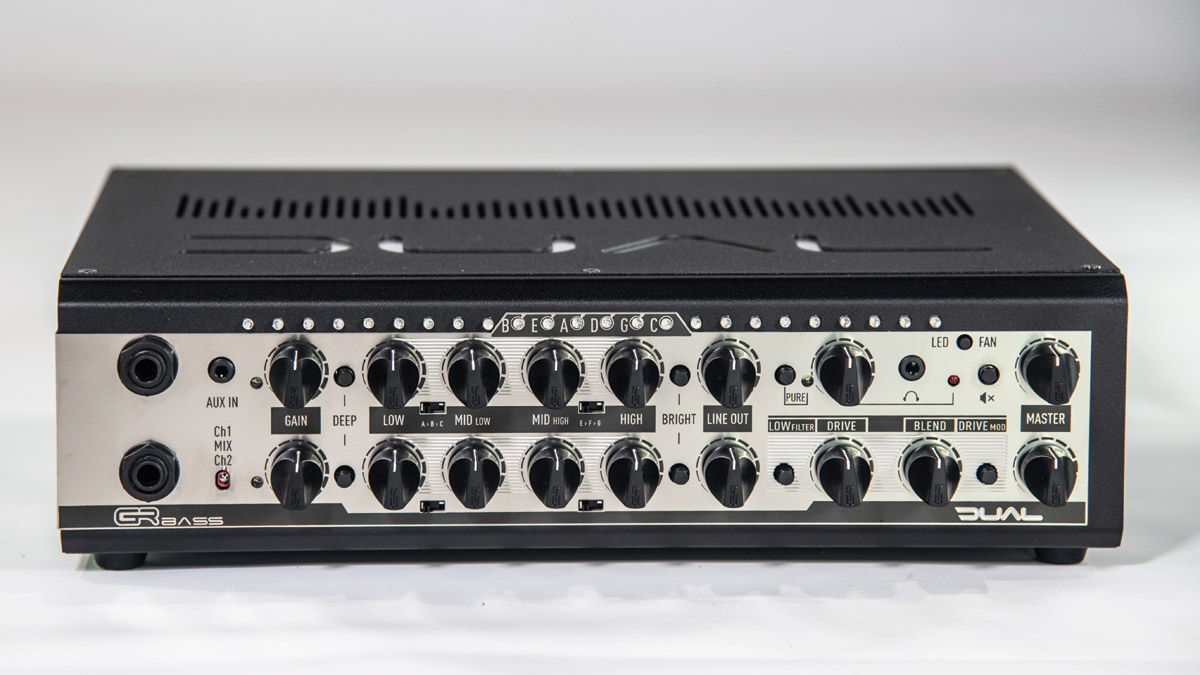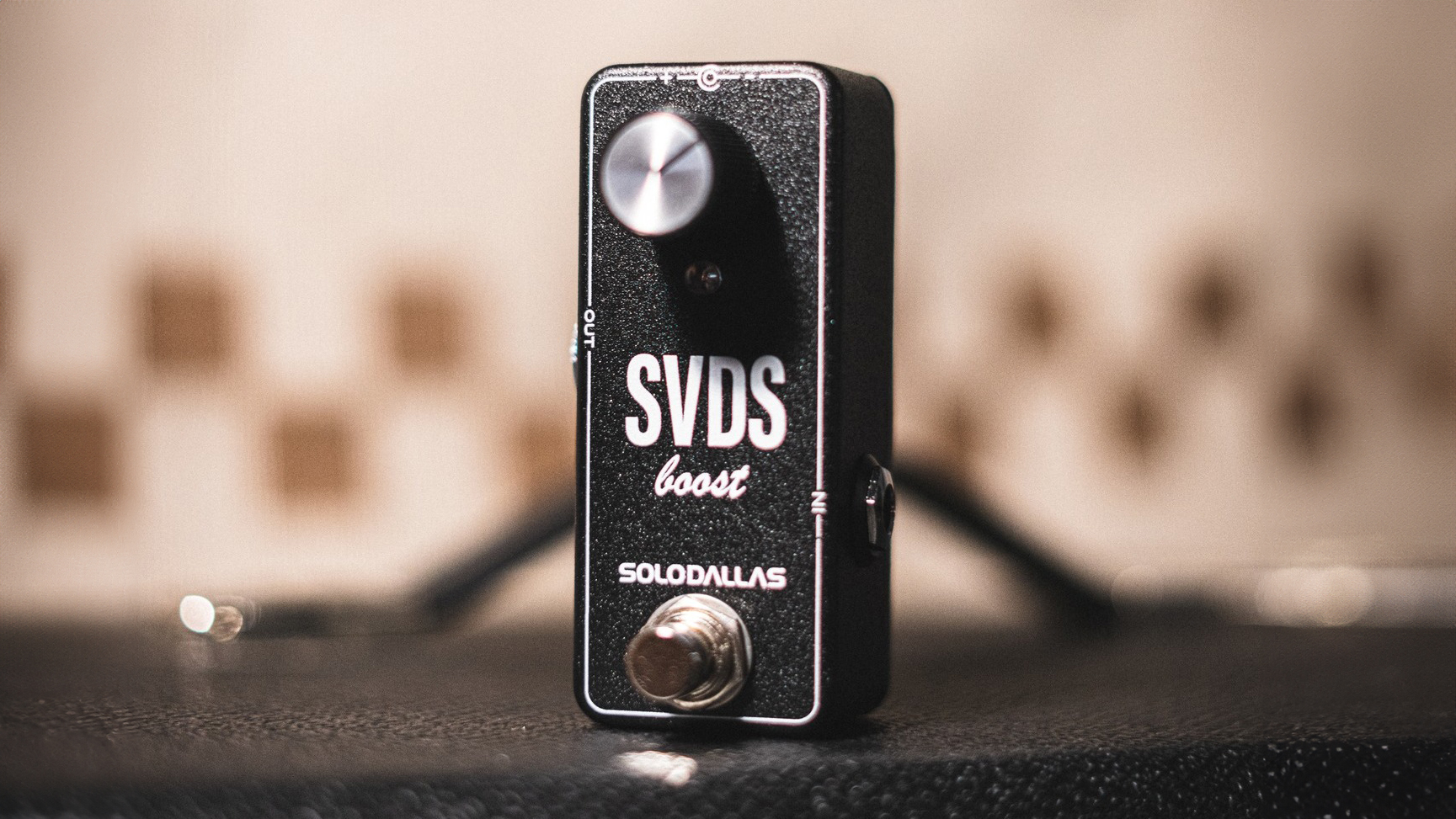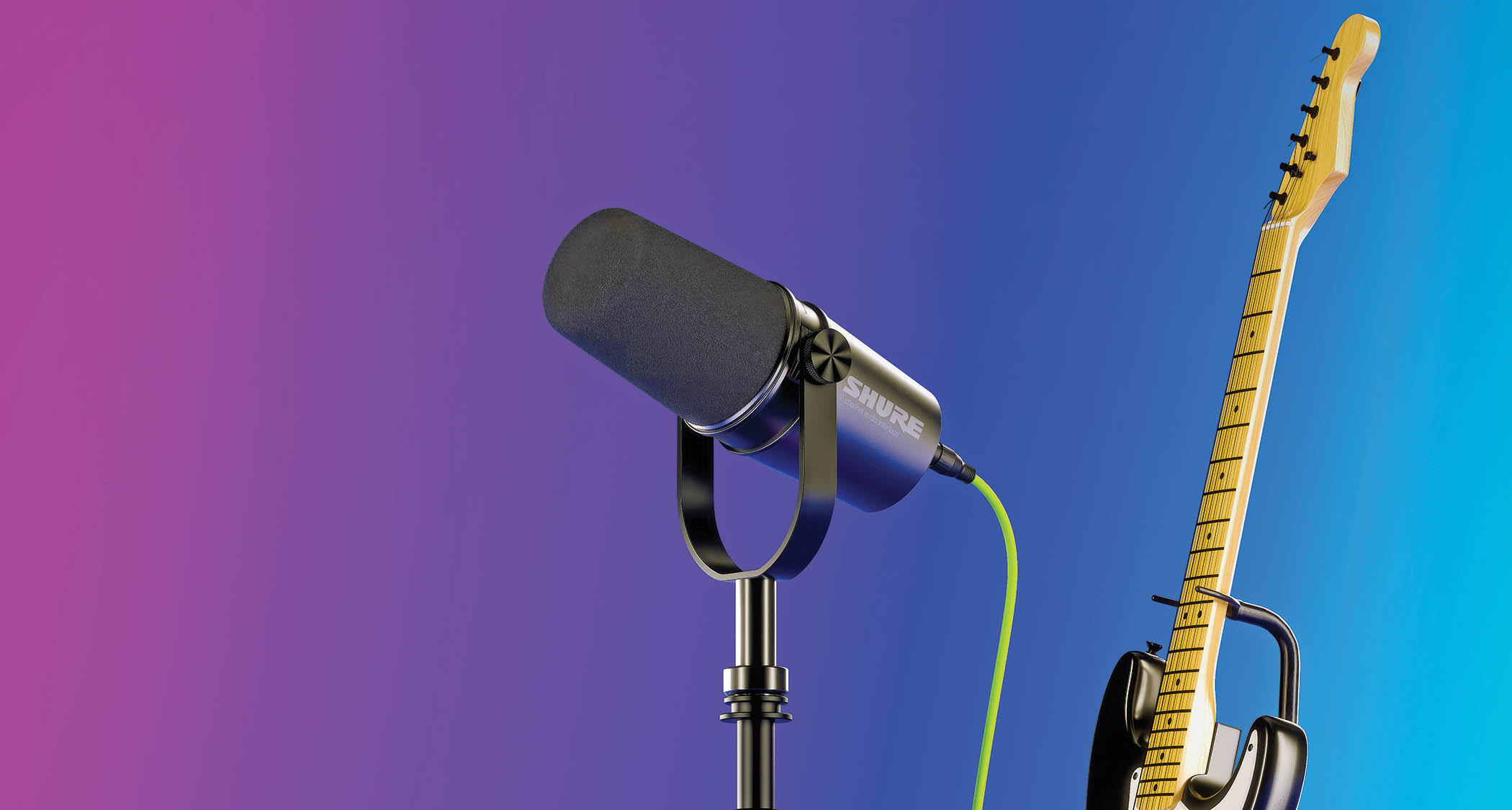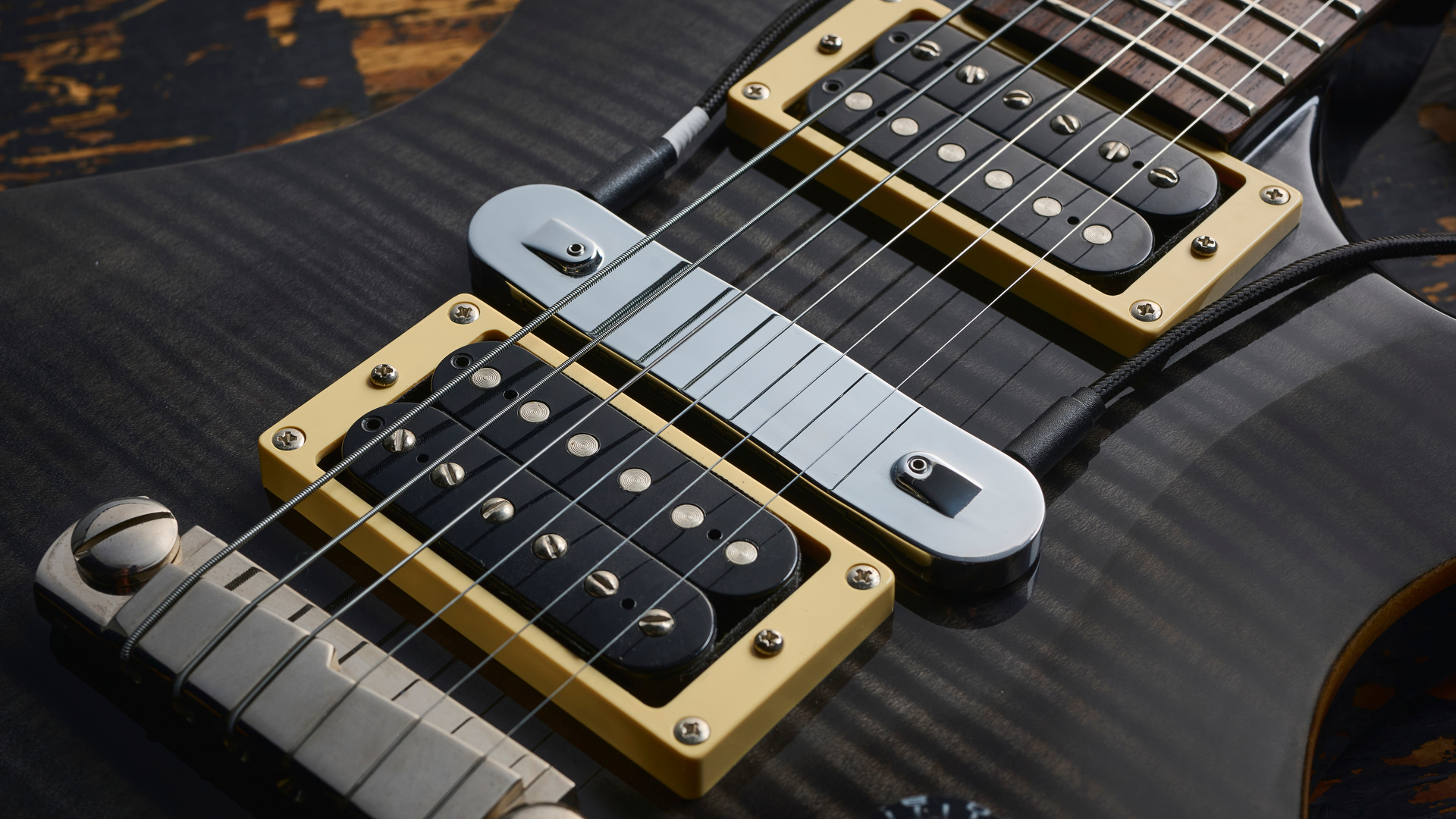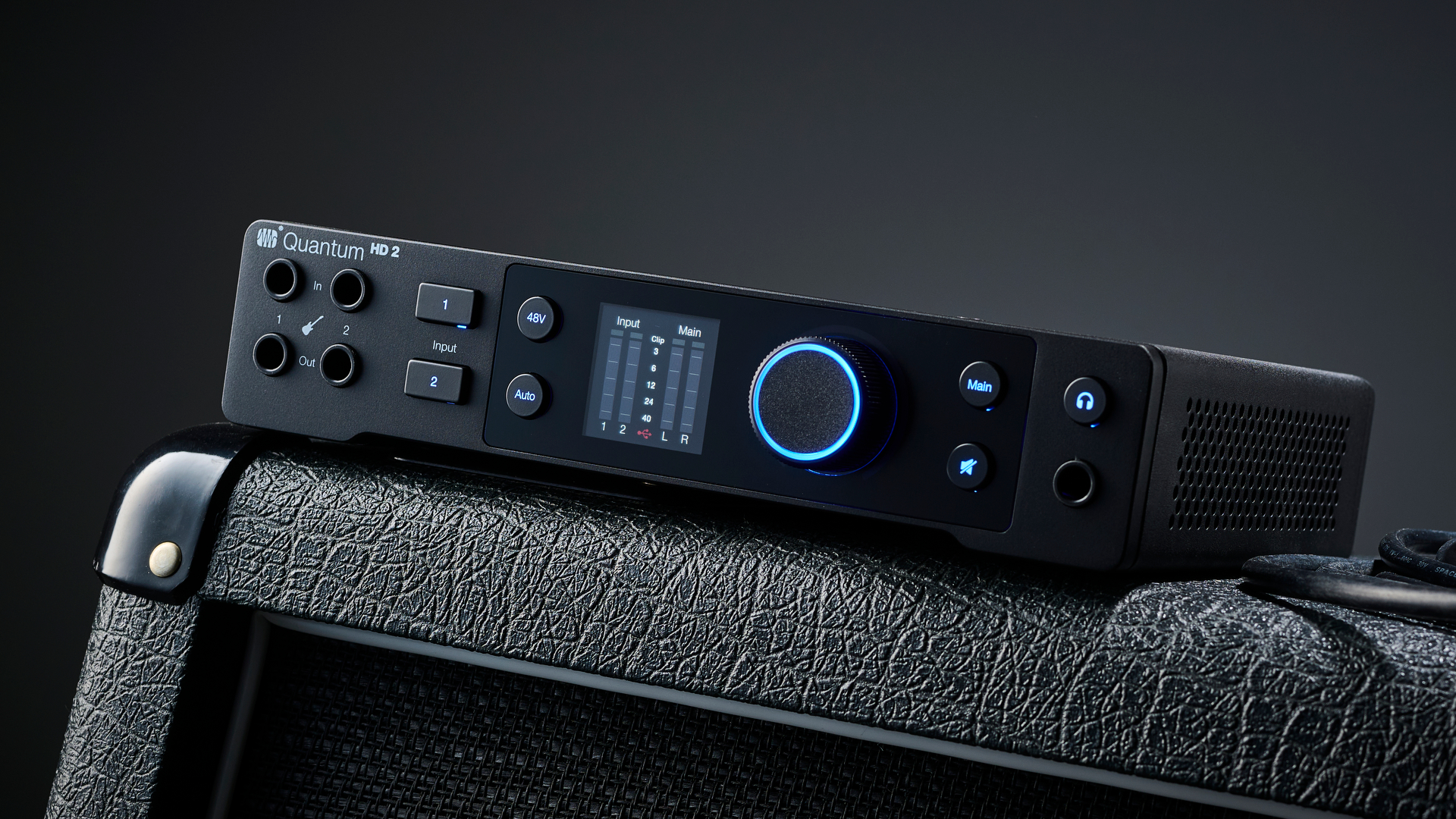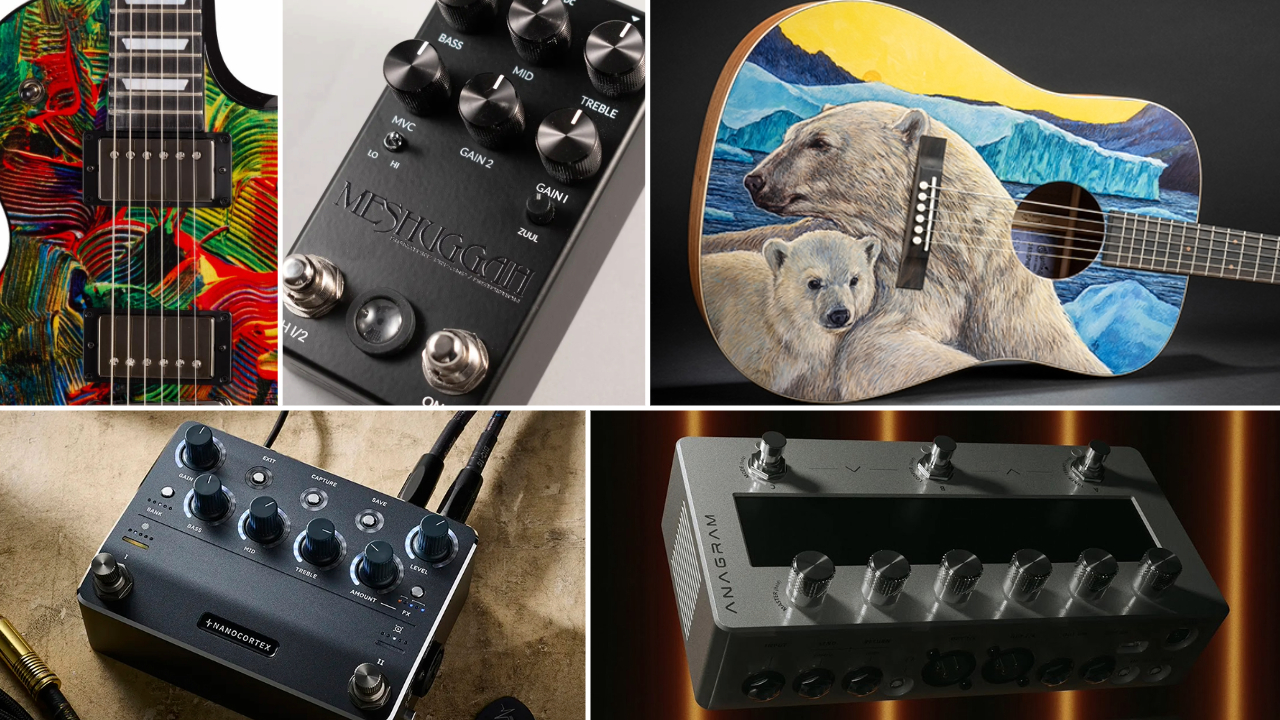Guitar World Verdict
This tricked-out head is most of the most feature-rich bass amps on the market, and can handle just about any clean or overdriven bass sound you could possibly want.
Pros
- +
Lots of tone-shaping options.
- +
Onboard overdrive.
- +
Built-in tuner!
Cons
- -
Many controls to contend with, some difficult to get to quickly.
You can trust Guitar World
My first impressions of the Dual 800 are positive: it’s well-built and extremely quiet in operation, which is appreciated as a bassist who shoots a lot of tuition videos – this is something I’m personally always listening out for.
Aesthetically speaking, however, the front face of the amp is very busy, there’s no getting away from it – there are a lot of controls on offer here, which may seem daunting to some on first use.
Fortunately, it all makes sense once you get stuck in. There are two separate ¼” jack inputs to the left, meaning that you can plug in two instruments. GR suggest either two basses, or a bass and a keyboard, which is ideal for the modern player who also uses a synth for low-end work. There’s also an Aux In socket in the input stage: it’s unusual to see this here, because it’s often banished to the rear panel.
A small toggle switch below it allows the user to select between the two channels, or to mix both together. We then have gain controls for the two channels, followed by a four-band EQ consisting of Low, Low Mid, High Mid and High. There are also Deep and Bright filters for each channel, as well as small selection switches offering three different mid frequencies for the two midcontrols. Yep... that’s a lot of options!

At this point the second channel continues on to a distortion stage, while above it, there’s a headphone output, speaker mute switch and volume control for headphones. Again, it’s unusual to see these on the front face of an amp, but in practice I found their positioning useful when working with backing tracks at home.
Along the top of the front face of the amp is a string of 24 LEDs. The middle six are highlighted with a graphic indicating the open strings of a six-string bass. With the speaker muted, the inbuilt tuner is activated, with the corresponding LED lighting up, accompanied by LEDs to the left or right to indicate tuning accuracy. It’s a neat system, and one that works best when controlling the amp from the included footswitch.
The rear of the unit features the usual ports plus Speakon connections, an effects loop and separate DI outputs for each channel. There are some surprises too: there’s also a USB charging point and a 9-volt power supply for pedals.
This thing is a beast: it’s powerful, and the tone-shaping options on offer here are huge
Plugging into the clean channel, the amp sounded smooth and uncluttered, a great reflection of the natural tone of the various instruments with which I tested the head. The deep filter added a pleasing low-end bump to the tone, although access to the small push-switch is tight between the two controls.
I found it useful having the three separate mid frequencies to choose from for the Low Mid and High Mid controls, although again, these small switches can be difficult to use due to their proximity to the other controls. If you have large fingers, this will be an issue.
Focusing on the second channel, the overdrive circuit allowed me to access a range of sounds from a mild, creamy drive to a much more aggressive, snarling tone. With both Drive and Blend controls available here, it’s possible to modify and balance the driven tone quite extensively. There’s also a Low Filter switch here which adds alot of extra top-end bite to the sound, should the need arise.
Plugging into the top channel and setting the toggle switch to the mix position allows you to use both channels simultaneously. This means even further tonal possibilities as you’ll now have two EQs to play with, as well as all of the other assorted controls. The Dual 800 ships with an accompanying footswitch which allows you to select either of the two channels,the mixed signal or a mute for tuning.
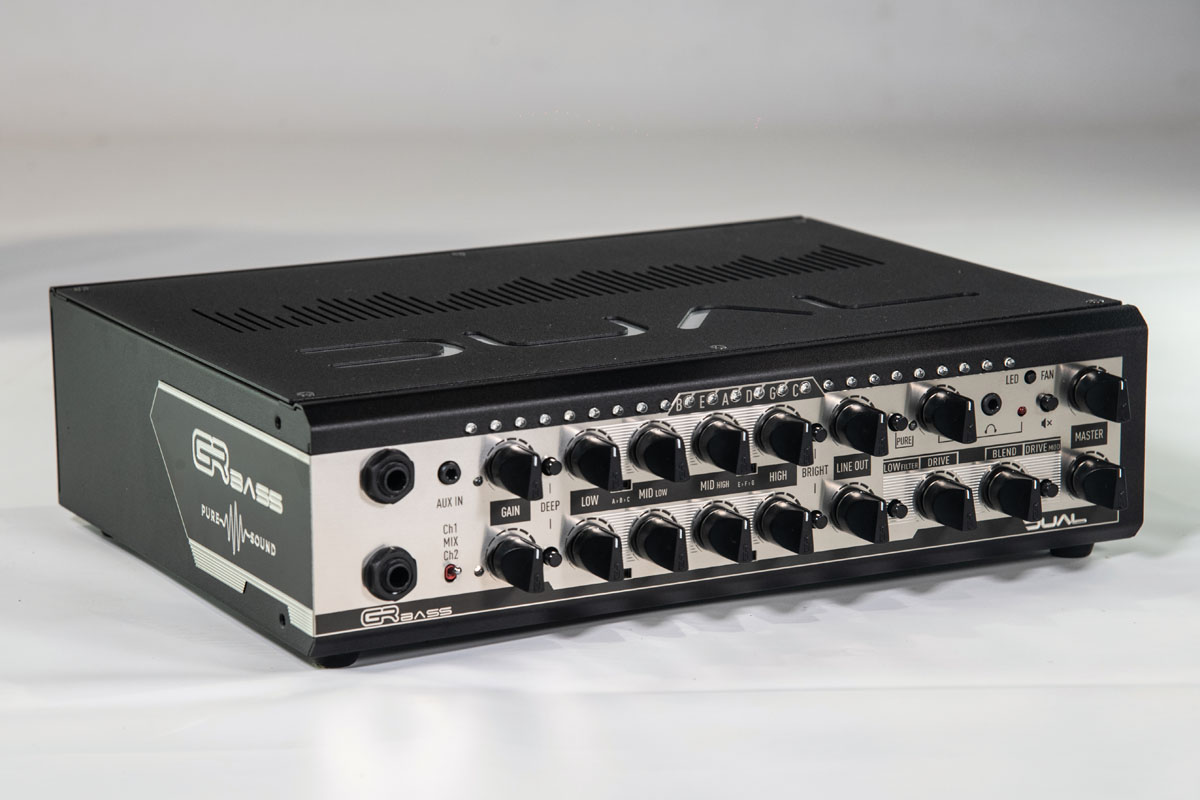
With a retail price of £885, the Dual 800 sits in the upper end of the market and is faced with some fairly serious competition. That said, this thing is a beast: it’s powerful, and the tone-shaping options on offer here are huge.
Those seeking simplicity in their amplification will probably find the versatility on offer here too extensive, but if you’re a tone-tweaker then you’ll find plenty here to keep you amused.
Overall, I was impressed, not just with the tones on offer, but withthe inclusion of so many features in one package. GR Bass might not be the first name that comes to mind when thinking about bass amplification, but this feature-heavy customer could easily go some way to changing that.
Specs
- Price: $1,399, £885
- Made In: Italy
- Power: 800W RMS @ 4ohms
- Features: Two channels plus mix, overdrive, tuner, four-band EQ, six selectable mid frequencies, deep and bright filters, footswitch included
- Connections: 2 x Speakon combo jacks, FX send and return, aux in, headphone input with dedicated volume control, 2x pre and post DI, USB charging, 9V power supply for pedals, footswitch
- Dimensions: 31cm x 26cm x 9cm / 12”x10” x 3.5”
- Weight: 2.95kg / 6.5lbs
- GRBass
“Our goal is to stay at the forefront of amplification innovation”: How Seymour Duncan set out to create the ultimate bass amp solution by pushing its PowerStage lineup to greater heights
“It’s a game-changer for me”: Laney and Nathan East team up for a versatile signature bass head that ends a 40-year wait for the session legend
